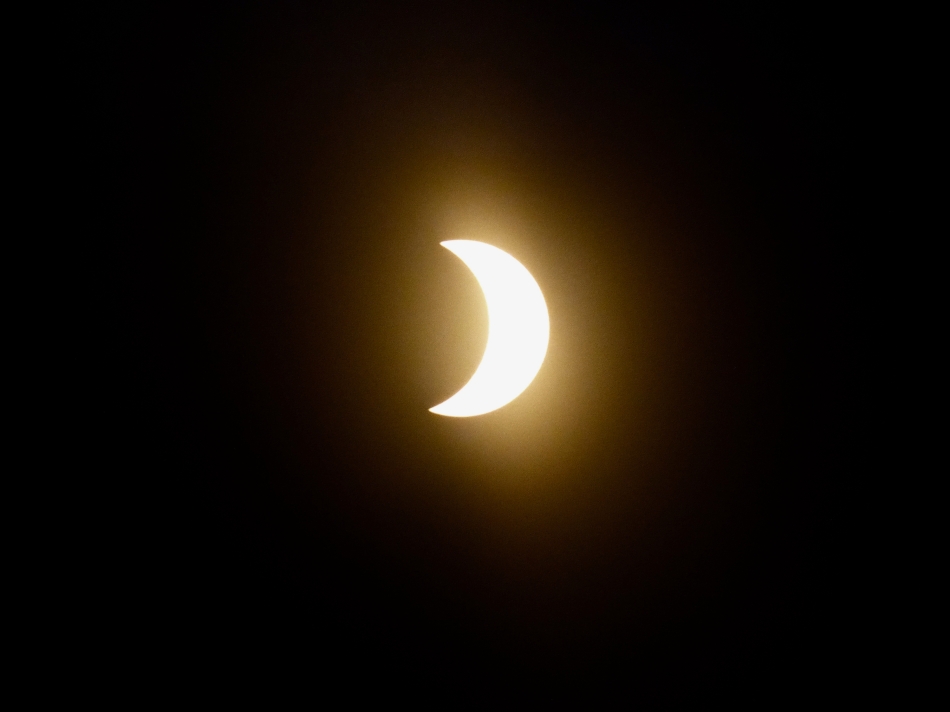
By Camille Orozco ’18
As widely reported in the news, last week the moon perfectly blotted out the sun in 14 states across the United States.
Although Los Angeles, unfortunately, did not witness the entirety of this spectacular phenomenon, that did not stop Immaculate Heart students, staff and faculty from gathering on the quad. Using NASA-approved glasses to safely look up into the sky, students were able to spot the sun reduced to a glowing red crescent. Yet no matter where you found yourself on August 21st, the event marked the first time in 38 years that a total solar eclipse was aligned perfectly over the American continent, which makes the title “Great American Eclipse” all the more fitting.
The Bamboo recently sat down with science teacher Rob Vondrak in order to gain a better understanding of the science behind the solar eclipse.
B: What is an eclipse? What happens during an eclipse?
V: A solar eclipse happens when the moon is in between the Sun and the Earth, and its angle makes it seem like the Sun has been blocked out entirely.
B: What makes the recent eclipse so special?
V: A total eclipse can only be seen along a 70-mile wide stretch across the Earth and sometimes that path isn’t through populated areas. The solar eclipse on Aug. 21st crossed America, thus, making it viewable to everyone in North America.
B: Why don’t we have more eclipses?
V: The Moon’s orbit is just a little off kilter (about 5 degrees) from our own orbit. The orbits don’t always line up correctly. Partial solar eclipses happen about four times per year. Total solar eclipses happen about every 18 months.
B: What is the difference between a lunar and solar eclipse?
V: A lunar eclipse happens when the Earth is between the Sun and the Moon. That’s when we see the “dark side of the Moon.”
B: Where was the best view for the recent solar eclipse?
V: The best view would be in the path of totality, which crossed 14 states from Oregon to South Carolina.
B: What view did we get in Los Angeles?
V: Unfortunately we did not see the total eclipse because we were too far south, but we saw a partial eclipse.


0 comments on “The Great American Eclipse”